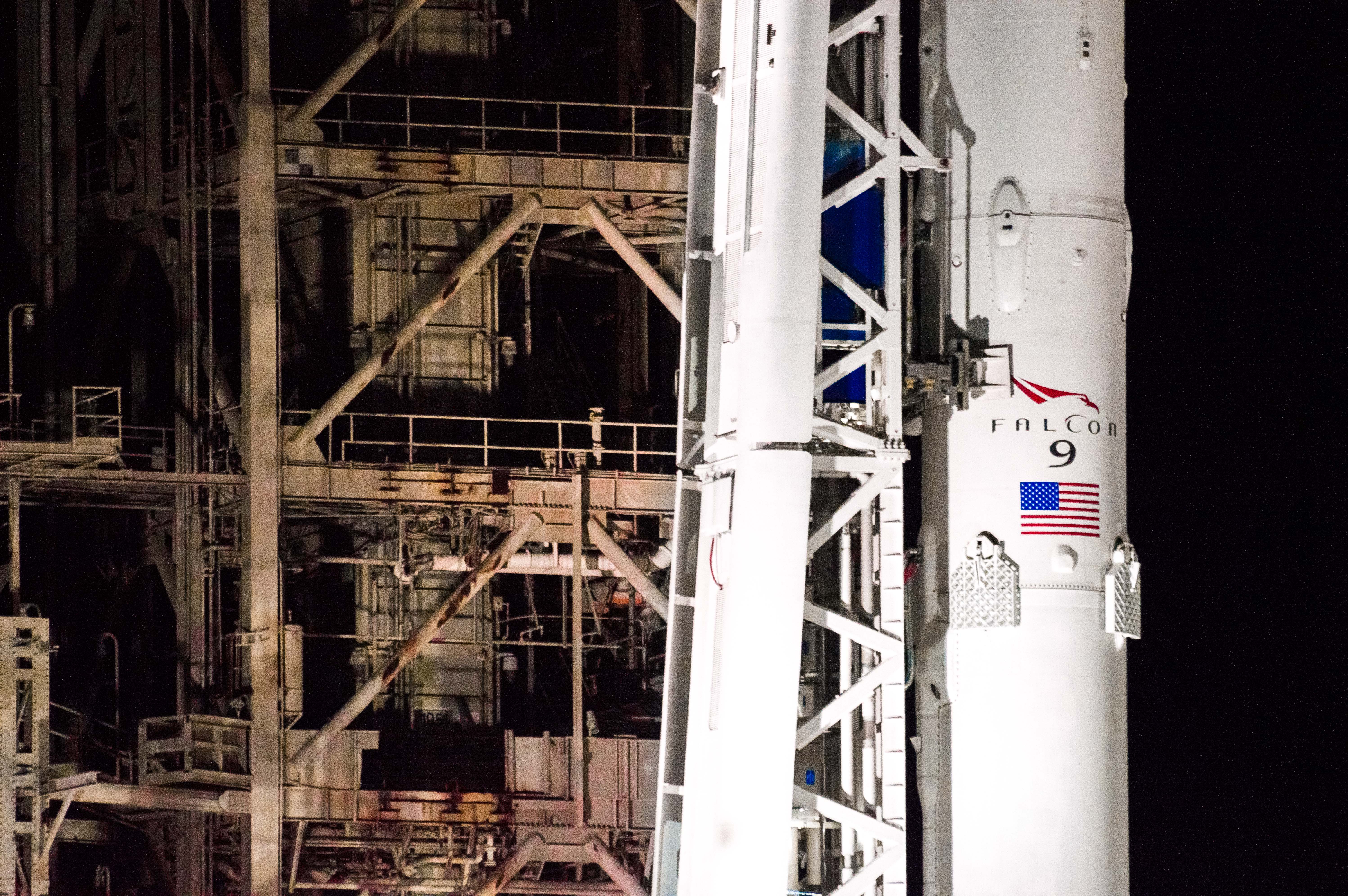Today SpaceX historically launched a certified pre-flown booster then landed it again on an autonomous ship out at sea.
Though I am in Florida, I wasn’t able to attend today’s launch for photos. I look forward to being there when she arrives back in Port Canaveral, though!
The first question you’re probably asking is:
- Why is this significant? / This looked like every other launch, what was different?
With this launch, SpaceX reused the first stage of their Falcon 9 rocket. Each launch previously for SpaceX (and every rocket launch company, ever) used a brand new rocket from top to bottom.
There are several consumables/parts to the Falcon 9, which together costs ~$60M:
- Legs (New)
- Fins (New)
- First Stage (Certified Pre-Flown)
- Second Stage (New)
- Payload fairings (New)
- SES-10 Communication Satellite (little itty bit that needs to make it to orbit) (New)
- Fuel (new, duh)
As you can see by this list, there is still work left to do to make more of the rocket “reusable”. By cost, the first stage is the most expensive part and is why today’s launch was so historic.
One of the cheaper parts is the fuel: RP1 and Liquid Oxygen (or LOX for short)
The analogy frequently used is this:
Planes. They’re reused after every flight, over and over again. That $300 ticket to Florida for spring break would be a 300 thousand dollar ticket if your 737 was discarded after each flight. Thanks to reusability, many of us have the privilege to fly. Hopefully, someday space will work the same way for satellites, tourism, and interplanetary travel.
SpaceX was the first to launch and land an orbital-class booster, and now it has become the first to launch, land, relaunch, and reland an orbital class booster!
*Cues SpaceX Launch You Up Video*
https://vimeo.com/125746164
This is a huge step in the right direction for driving down the cost of access to space.
Elon said that SpaceX has been working towards this day since they started, ~15 years ago. Only an hour after completing this historic feat, he set another, crazy new goal:
Incredibly proud of the SpaceX team for achieving this milestone in space! Next goal is reflight within 24 hours.
— Elon Musk (@elonmusk) March 30, 2017
He wants to launch, land, and relaunch an orbital class rocket, all within a 24 hour time period. Nuts.
On top of all that, today they tried to recover the two payload fairings (~$6M):

There are thrusters and steerable parachutes inside the fairings that help guide them to a specific landing area and apparently, they did that too.
All in a days – or 15 years – work.
Leave your email below to keep up-to-date with the latest in spaceflight! (A few emails a month, max.)


